Introduction: A Mushroom with History and Flavor
In Japanese cooking, few ingredients are as cherished as the shiitake mushroom (椎茸, shiitake). With its deep, earthy aroma and unmistakable umami character, shiitake has been enjoyed in Japan for centuries not just as food, but as a symbol of hospitality and care. Whether served fresh from the market, rehydrated from dried slices, or seared until caramelized, shiitake mushrooms bring richness and depth to any meal.
But what makes shiitake truly special is its versatility. From humble side dishes to elegant pairings with steak or sushi rice, shiitake mushrooms adapt beautifully, rewarding even simple preparations. And when served in thoughtfully crafted Japanese ceramic bowls, the experience of enjoying shiitake becomes both nourishing and artful.
Explore our handmade Japanese bowls today!
How to Cook Shiitake Mushrooms
- Clean with care: Wipe caps with a clean damp cloth instead of soaking.
- Remove stems: Use stems for broth; caps are best for sautéing.
- Slice or keep whole: Use a sharp knife on a cutting board.
- High heat, wide pan: A cast iron or large skillet prevents overcrowding.
- Flavor building: Try olive oil, sesame oil, minced garlic, soy sauce, or balsamic vinegar for a sticky sauce.
Tip: Let mushrooms sear undisturbed for caramelization and roasted depth.
Ingredients and Seasoning Options
- Classic Japanese: Soy sauce, mirin, sesame oil, ground ginger.
- Western flavors: Garlic butter, olive oil, parsley, thyme, balsamic vinegar.
- Creative pairings: Red pepper flakes, sun-dried tomatoes, chives.
- Broths & sauces: Chicken broth, vegetable broth, dry white wine.
Substitution tip: Baby bellas or portobellos can work, but lack shiitake’s depth.
Practical Tips from the Kitchen
- Don’t overcrowd the pan, allow mushrooms to brown.
- Season simply with salt and pepper.
- Balance with lemon juice or sea salt.
- Pair with textures like toasted bread and whipped goat cheese.
Serving Suggestions
- Elegant pairings: With beef tenderloin, filet mignon, or risotto.
- Comfort classics: Shiitake mushroom pasta, wild rice pilaf, mashed potatoes.
- Japanese table: Over sushi rice, in miso soup, or served in a lacquered bowl.

Storage and Reheating
- Refrigerating: Store cooked shiitake in an airtight container for up to 3 days.
- Freezing: Dried or sautéed shiitake freeze well, though texture softens.
- Reheating: Use stovetop for best results; avoid microwave when possible.
- Dried shiitake: Soak for 20–30 minutes and use both mushrooms and soaking liquid.
Variations and Alternative Preparations
- Asian sautéed mushrooms with soy sauce and sesame seeds.
- Sticky shiitake mushrooms in sweet-savory glaze.
- Stir-fried shiitake with bok choy over sushi rice.
- Meal prep shiitake for noodles or grain bowls.
Related Mushroom Recipes
- Grilled portobello mushroom burger
- Chicken mushroom marsala
- Chanterelle mushrooms recipe
- Mushroom and pea pasta
- Vegan mushroom stroganoff
- Pickled mushrooms
Frequently Asked Questions
- Can you eat shiitake mushrooms raw?
- Yes, but they’re chewy. Cooking enhances flavor.
- What about dried shiitake?
- They’re prized for concentrated flavor. Rehydrate before use.
- Are stems edible?
- Yes, but tough. Best saved for stock.
- What skillet is best?
- A cast iron skillet caramelizes shiitake beautifully.
- How to store fresh shiitake?
- Wrap in paper, store in fridge in a breathable bag.
Conclusion: Bringing Shiitake into Your Kitchen
The shiitake mushroom is more than an ingredient, it’s a bridge between tradition and innovation in Japanese cooking. With its rich umami and adaptability, shiitake belongs on every curious cook’s table.
Whether seared, simmered, or paired with whipped goat cheese on toast, shiitake mushrooms invite exploration. Presented in authentic Japanese bowls or plates, they transform a simple dish into a cultural experience.
Why not pick up fresh shiitake this week and see how this humble mushroom can elevate your cooking and your appreciation for Japanese food culture?



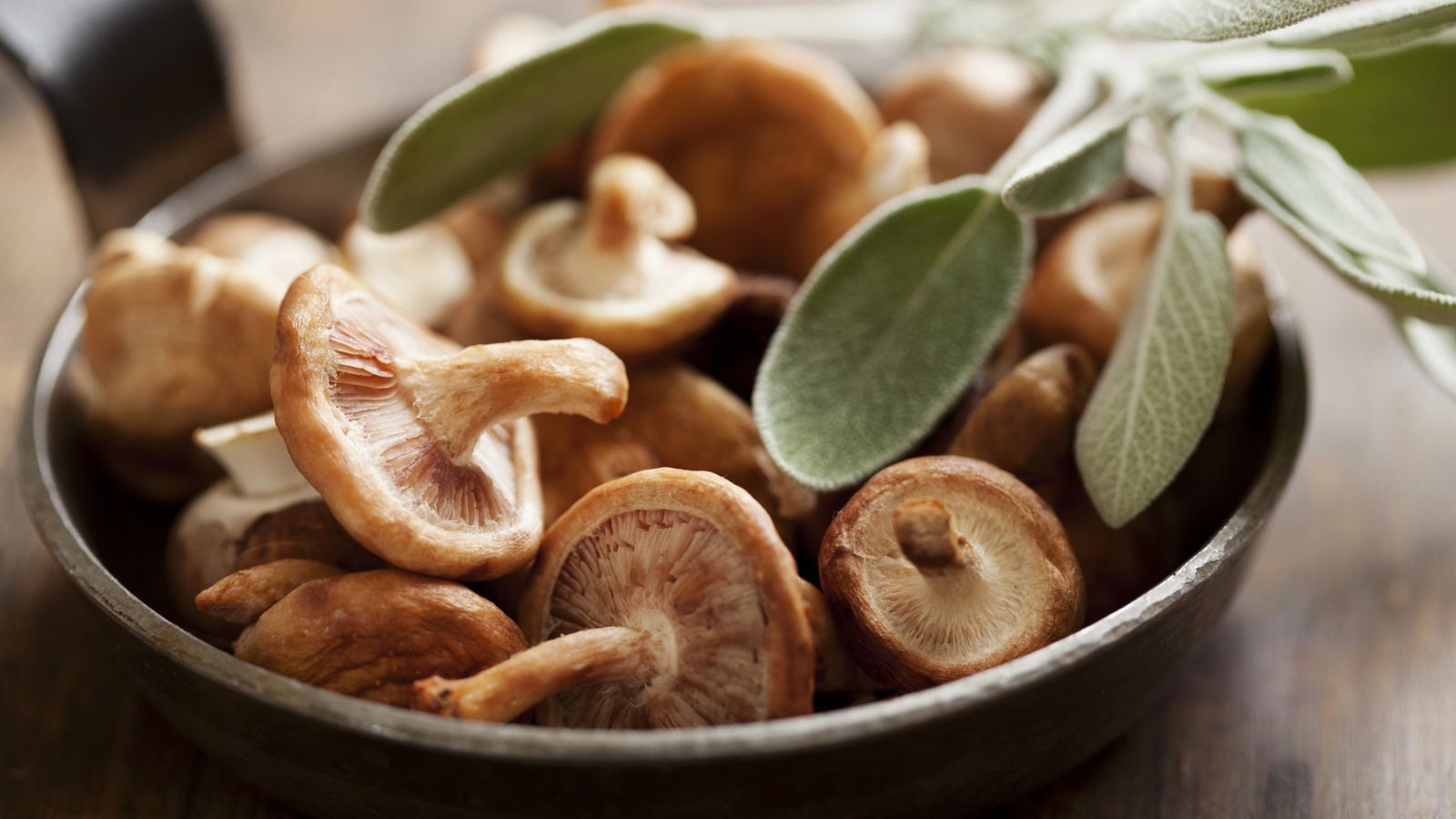


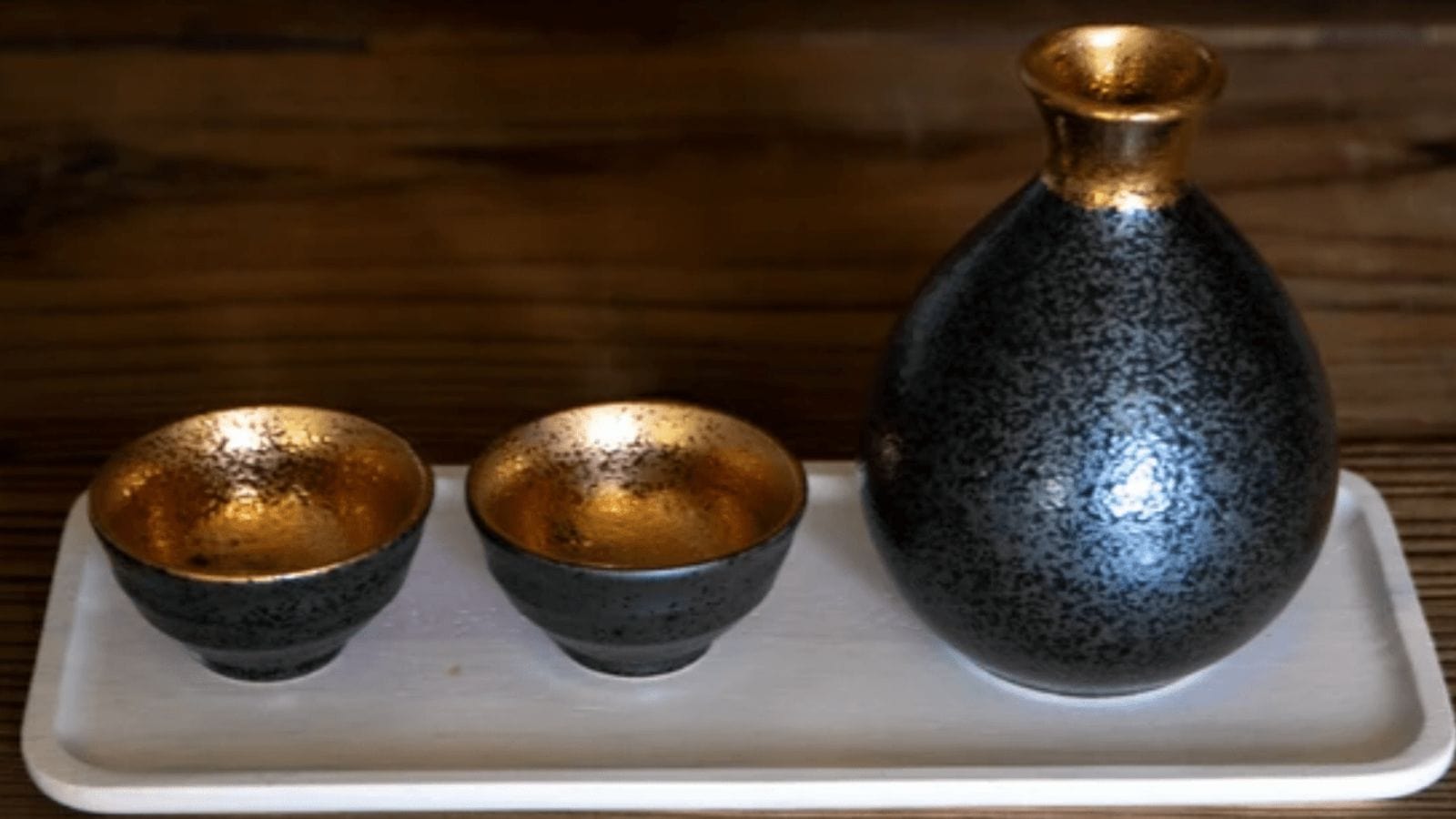
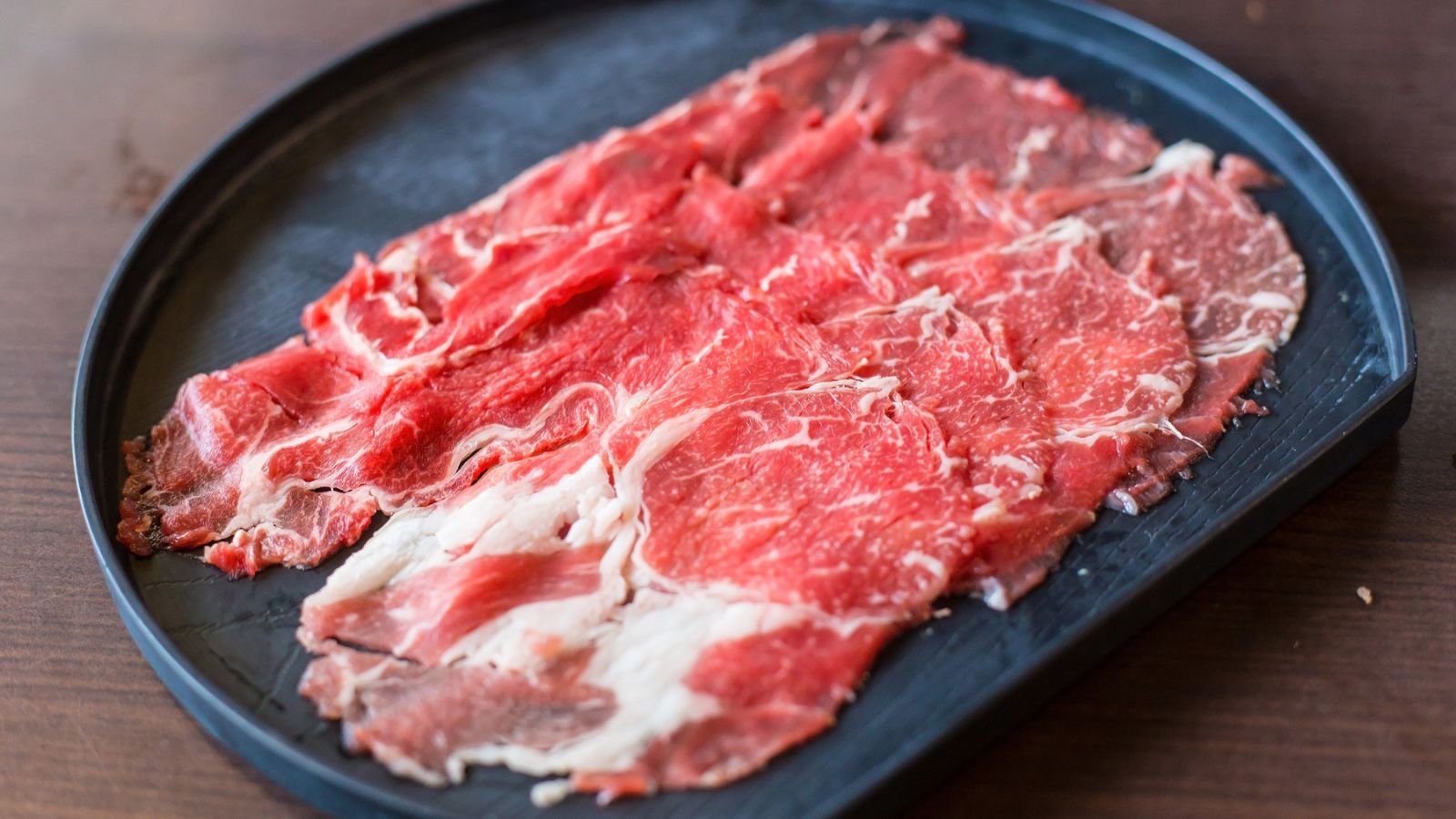
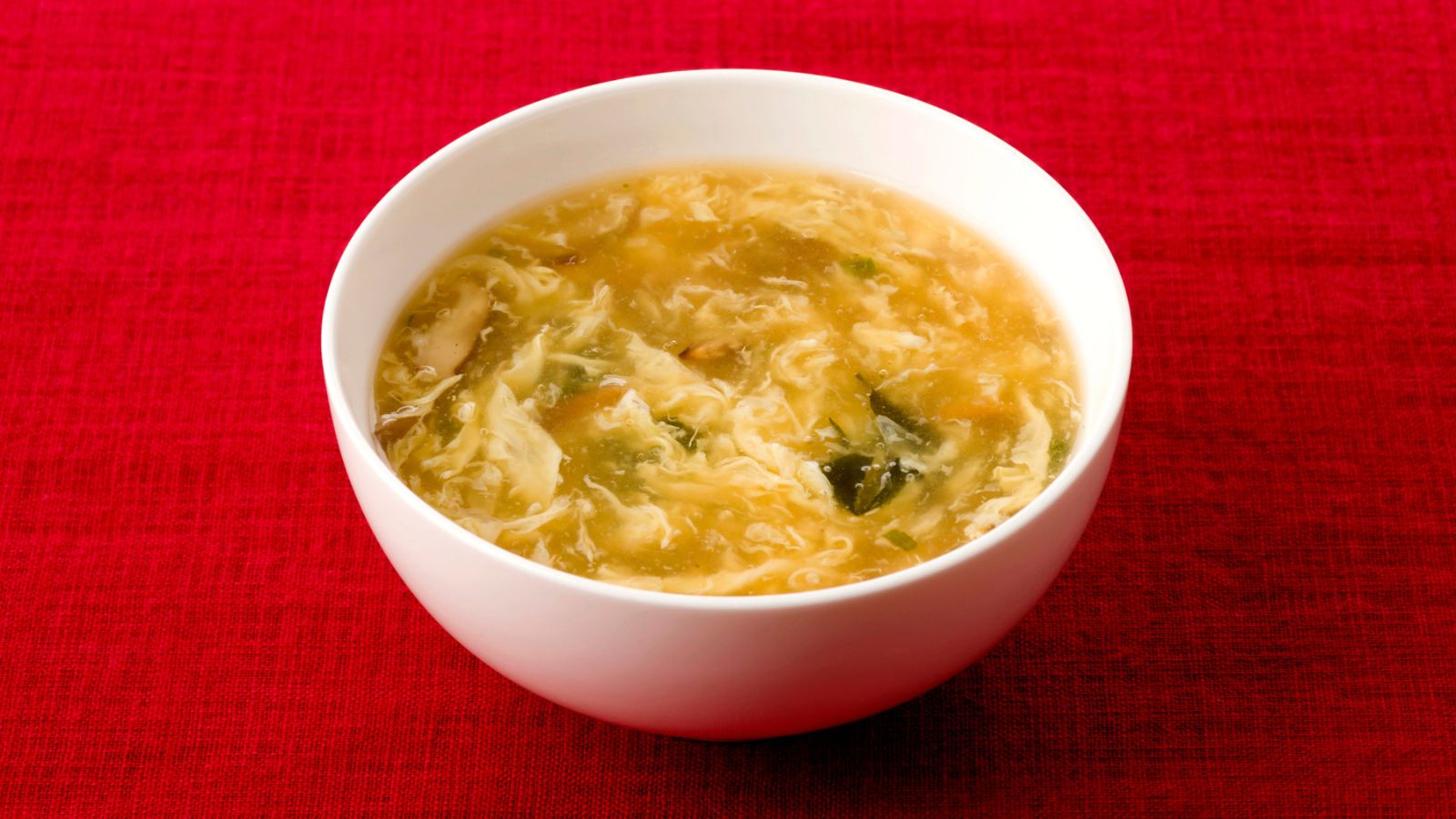
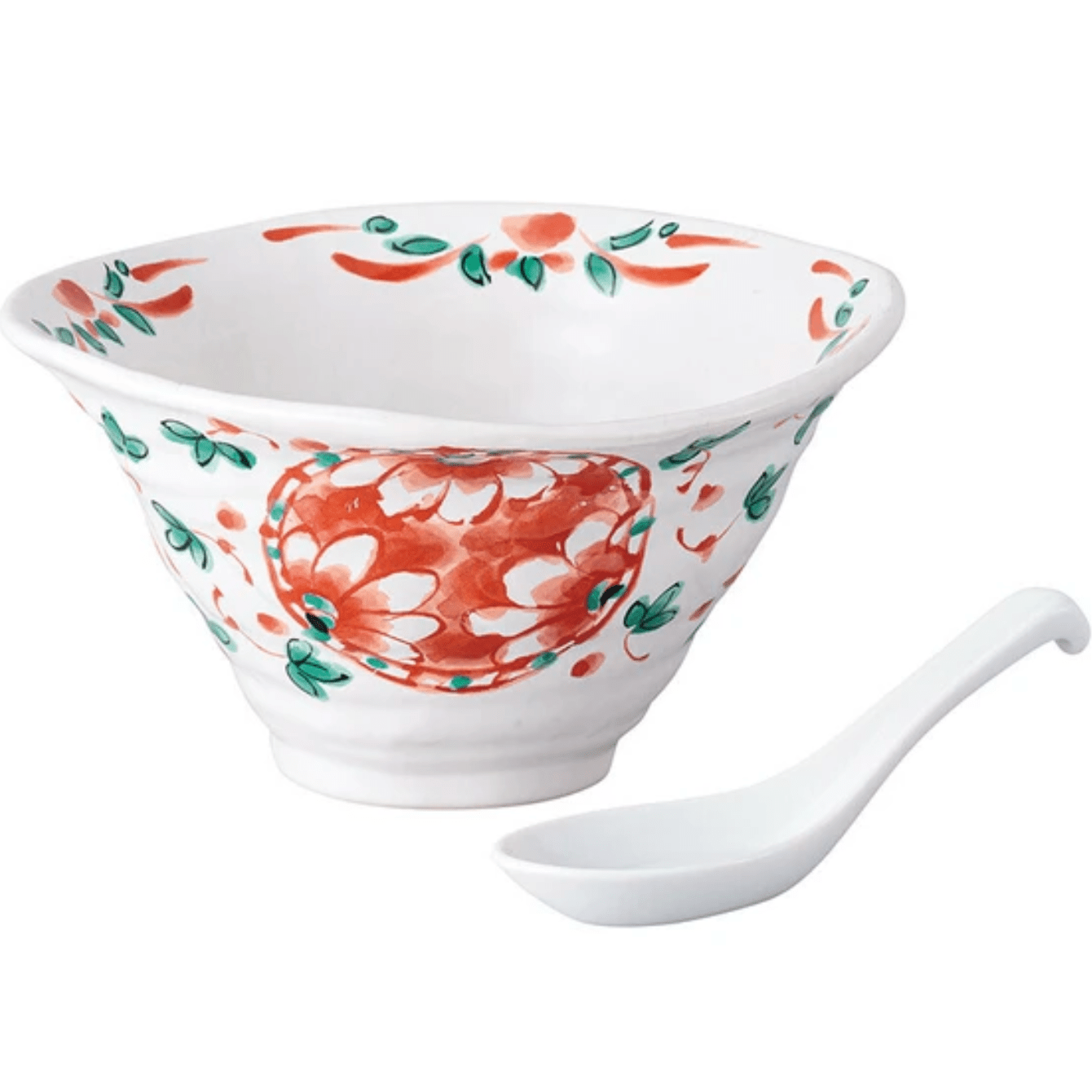
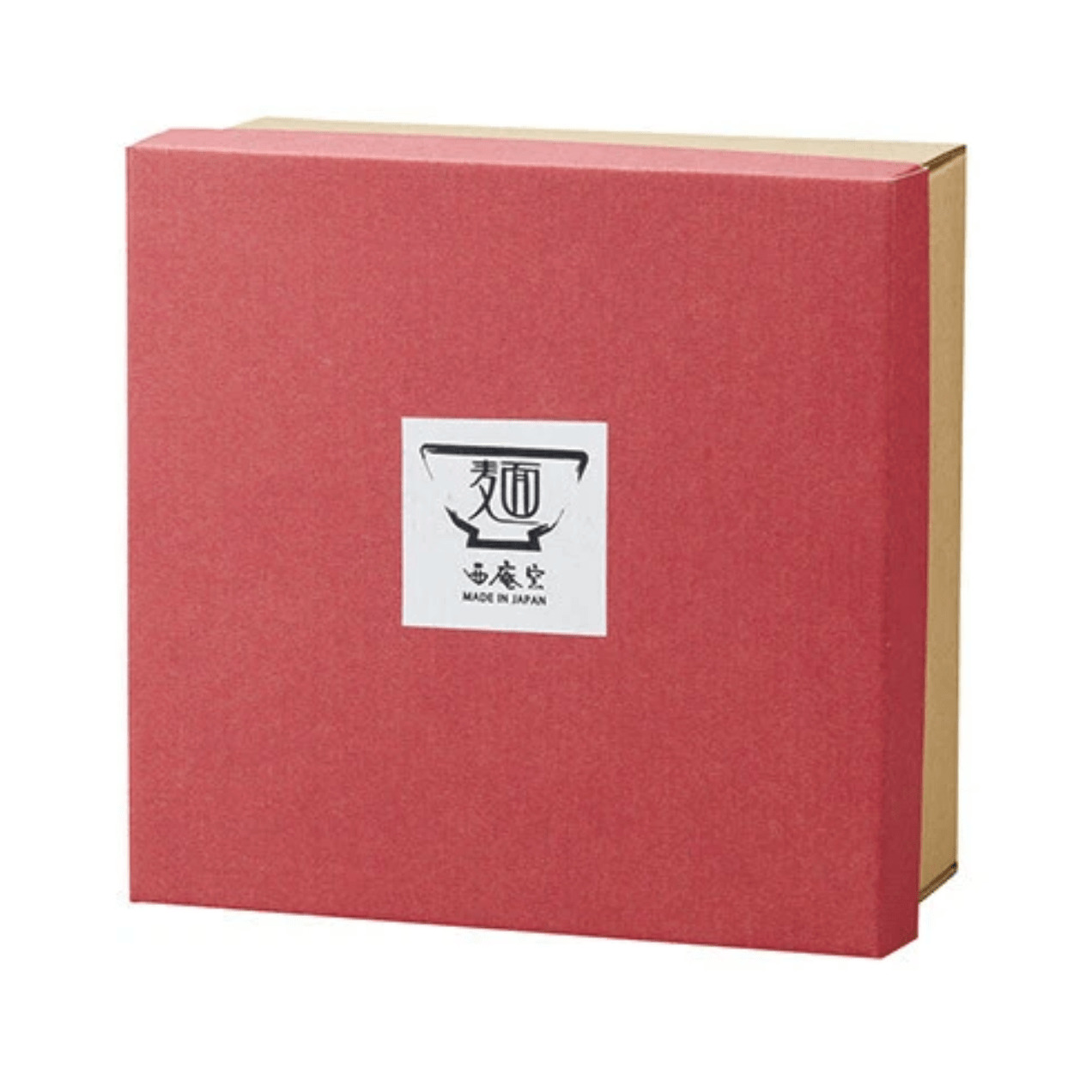
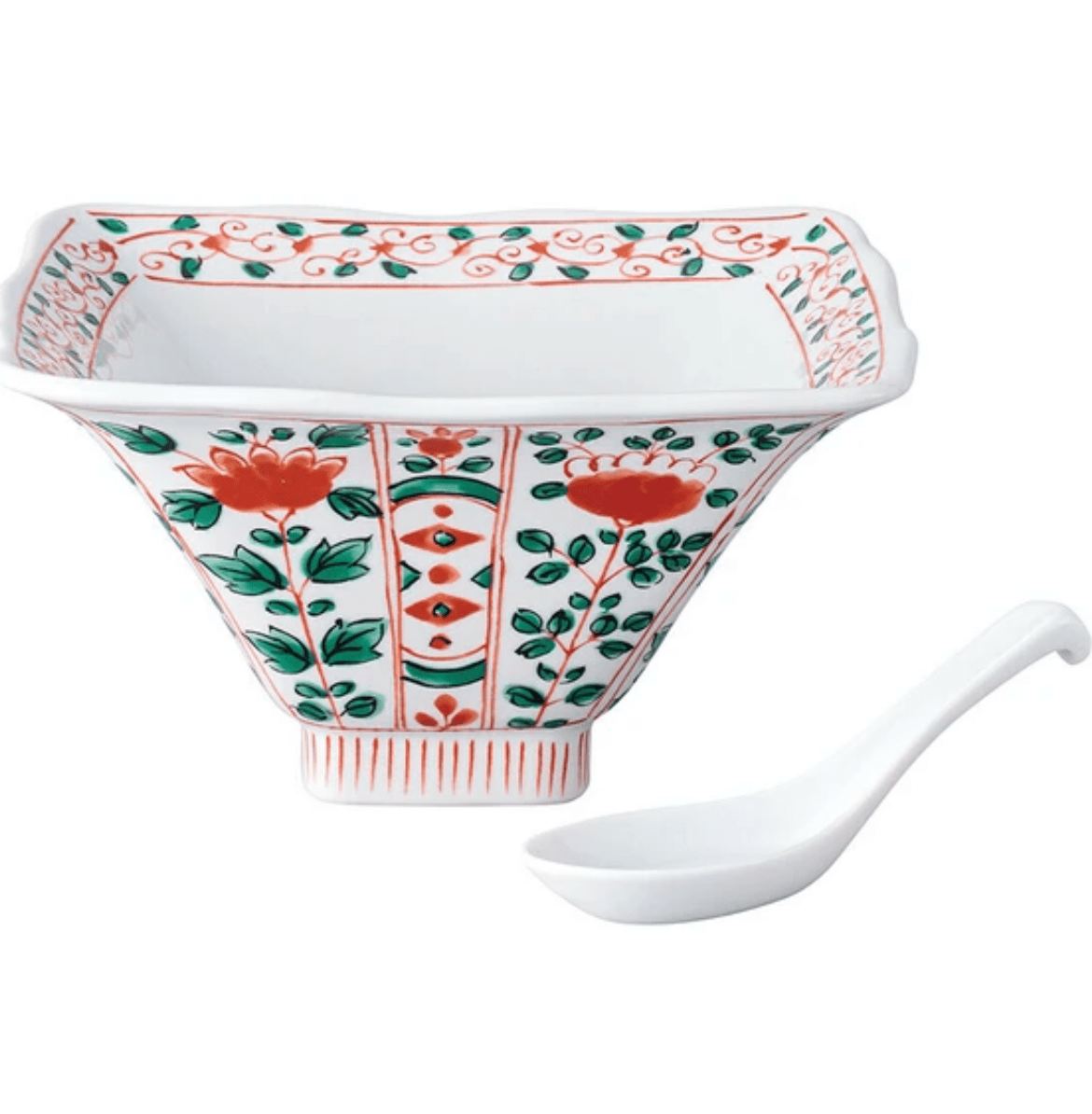
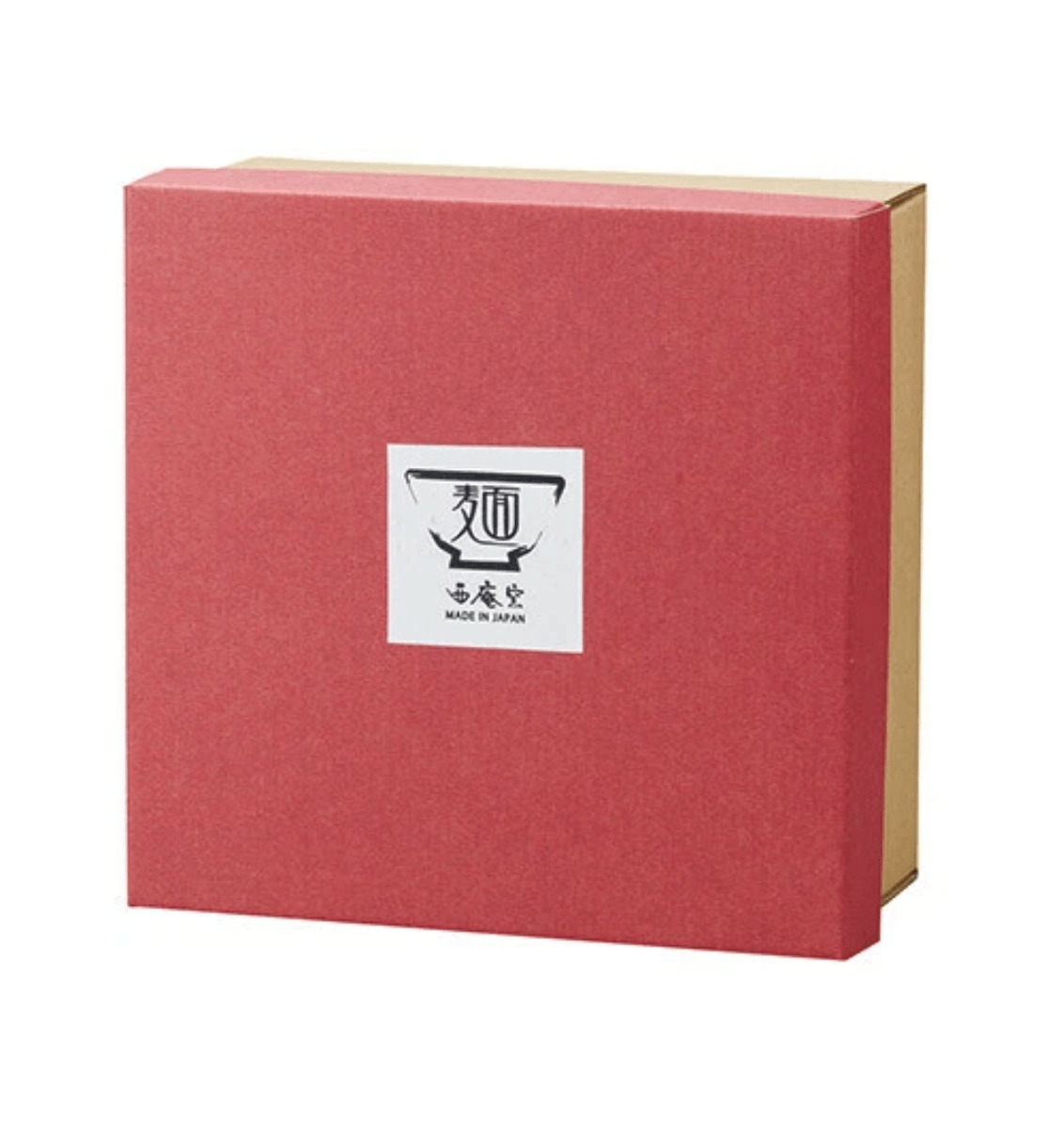
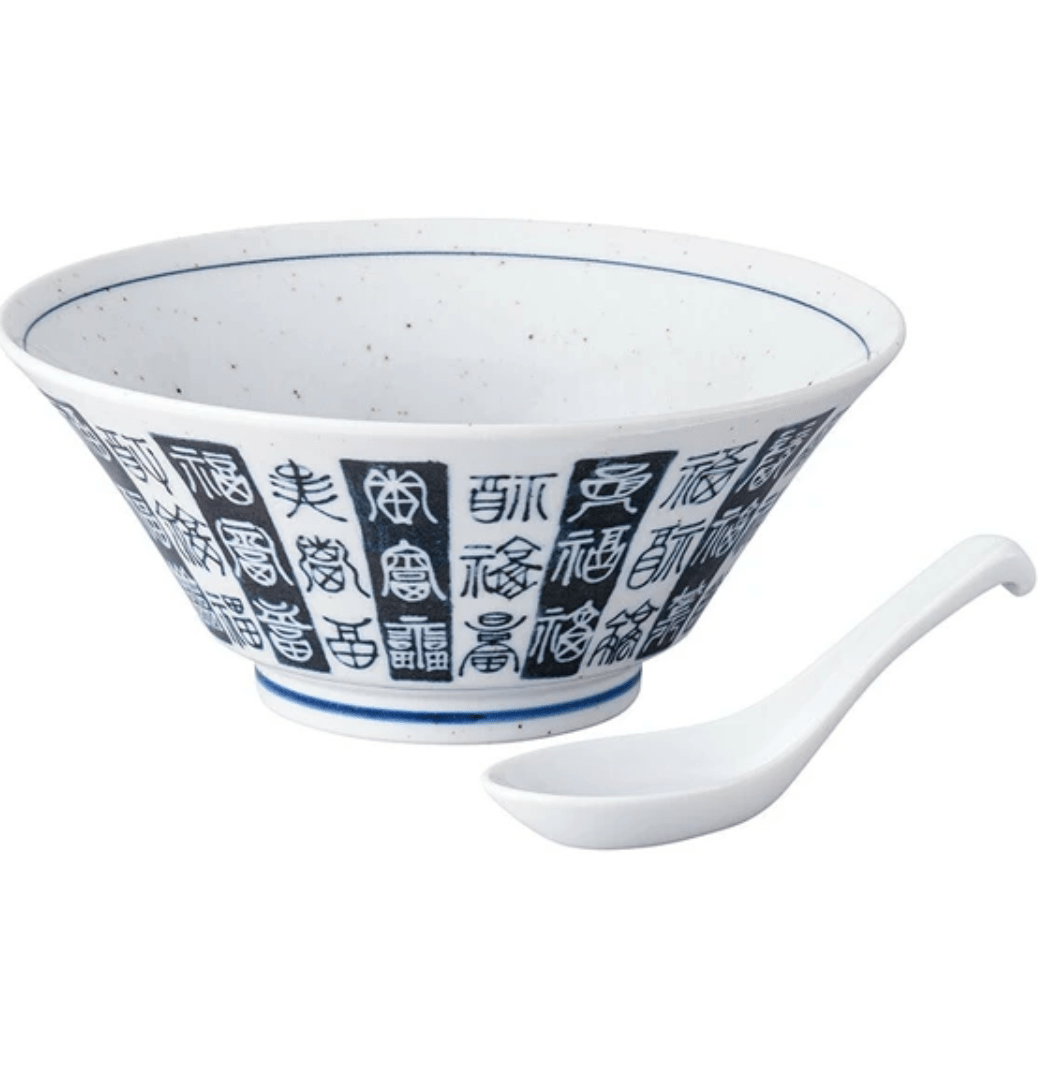
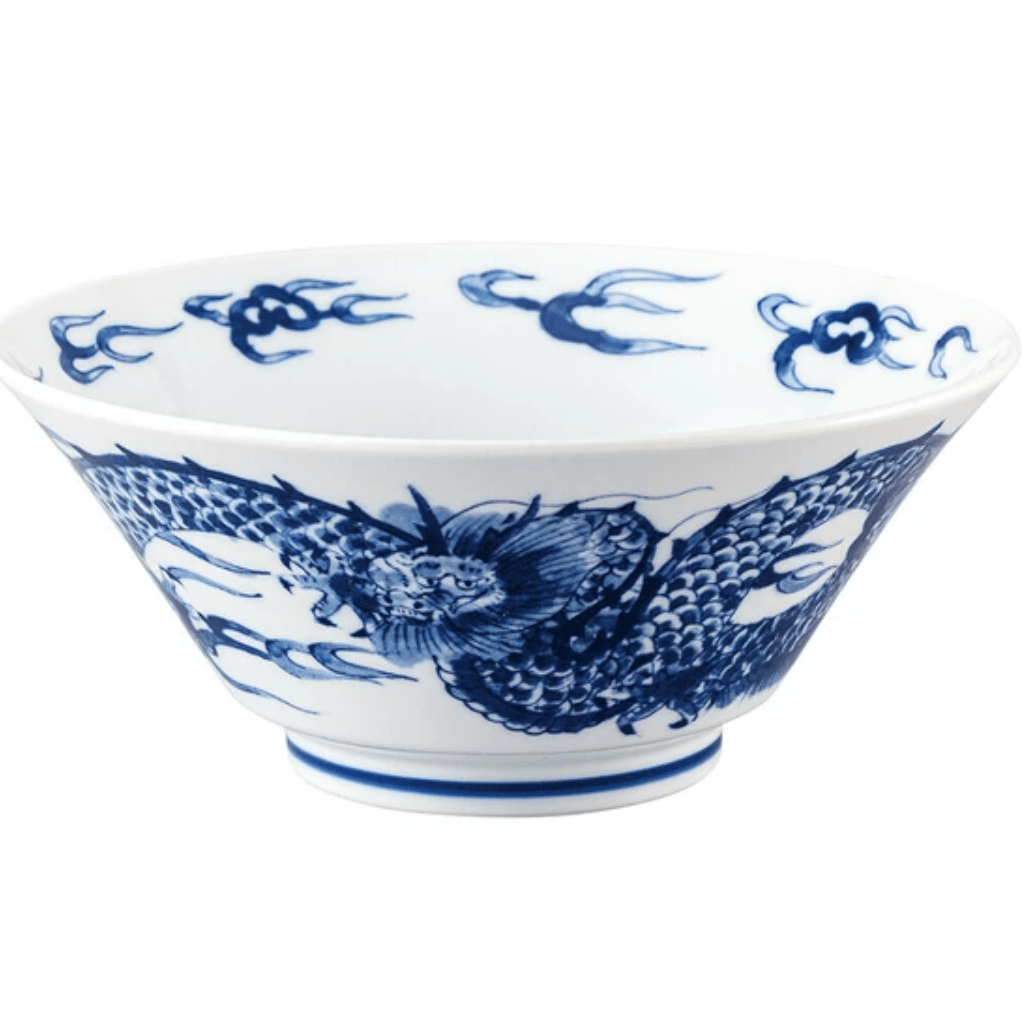
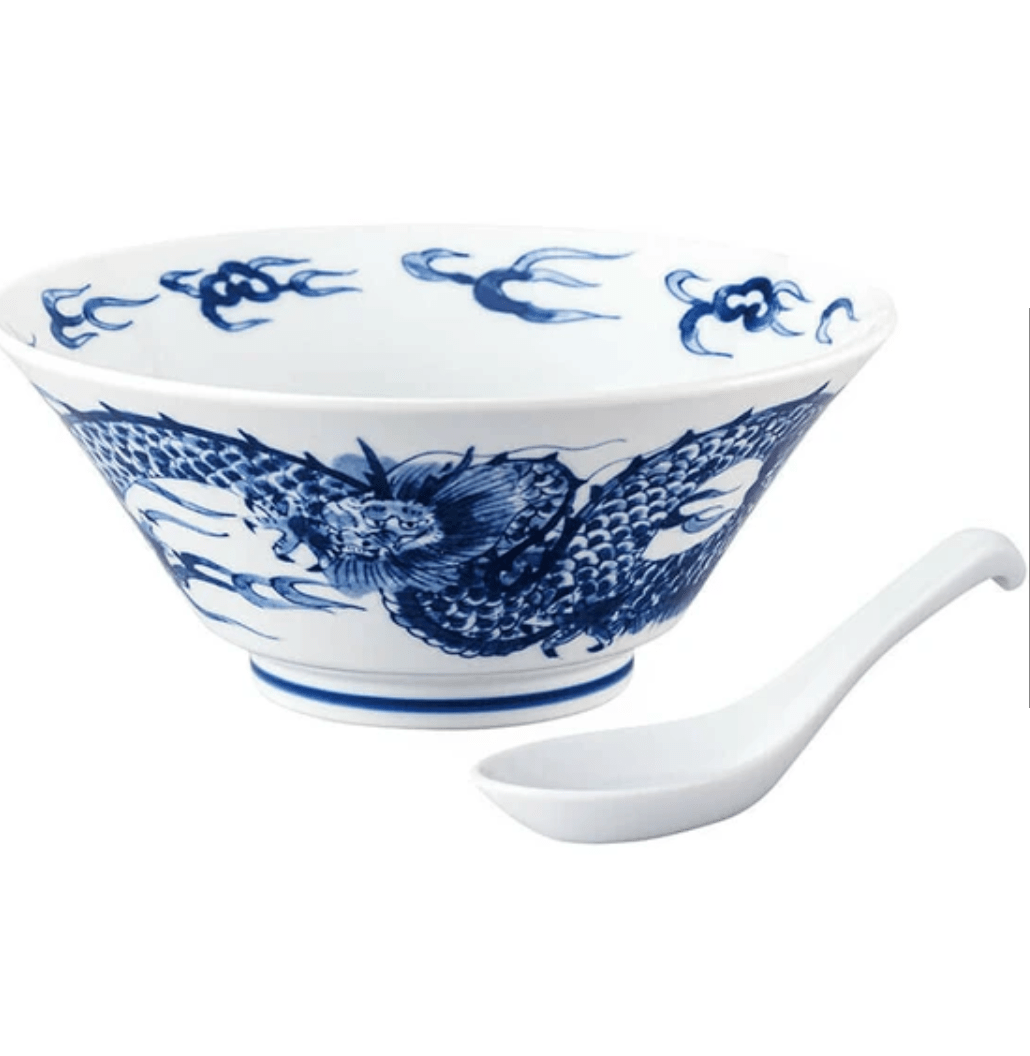
Share: